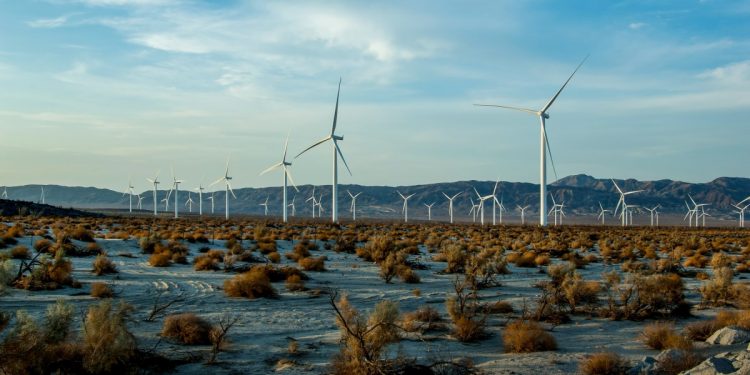In announcing the new agreement, Schumer asserted that the legislation “puts the US on a path to roughly 40% emissions reductions by 2030.” And experts agree the bill could be a game changer in cutting the nation’s emissions in the coming years, helping to curtail warming and extreme weather events in the coming decades.
What’s in the bill?
In a word, billions. The bill includes hundreds of billions in grants, loans, federal procurements, and tax credits for research and development, deployment, and manufacturing in clean energy, transportation, and other sectors like agriculture.
“This is the transformative clean energy and climate rescue package that we’ve been waiting for,” Leah Stokes, an environmental policy professor at University of California, Berkeley, who has been advising Democrats on climate legislation, said in an interview.
One major focus of spending in the bill is deploying clean energy: there’s roughly $30 billion in new tax credits for building wind, solar, and other clean energy projects, as well as extensions for existing credits. There’s also $60 billion in incentives for domestic manufacturing of everything from batteries to solar panels to heat pumps.
Subsidy increases in the bill could possibly make it economical for some fossil-fuel and industrial plants to add equipment that prevents climate pollution, increasing the potential role of what’s known as carbon capture and storage.
The bill includes $27 billion for research and development in clean technology, as well as $2 billion specifically for research at national laboratories.
Other sectors will see support for climate efforts too. Some $20 billion is earmarked to help cut emissions from agriculture, and there’s nearly $5 billion in grants for forest conservation and restoration projects.
Ryan Fitzpatrick, director of the climate and energy program at Third Way, said it’s an ambitious and politically pragmatic bill designed to boost US manufacturing, provide support where job sectors are shifting, and build out the infrastructure needed to shift to cleaner, modern energy systems.
Source by www.technologyreview.com





























